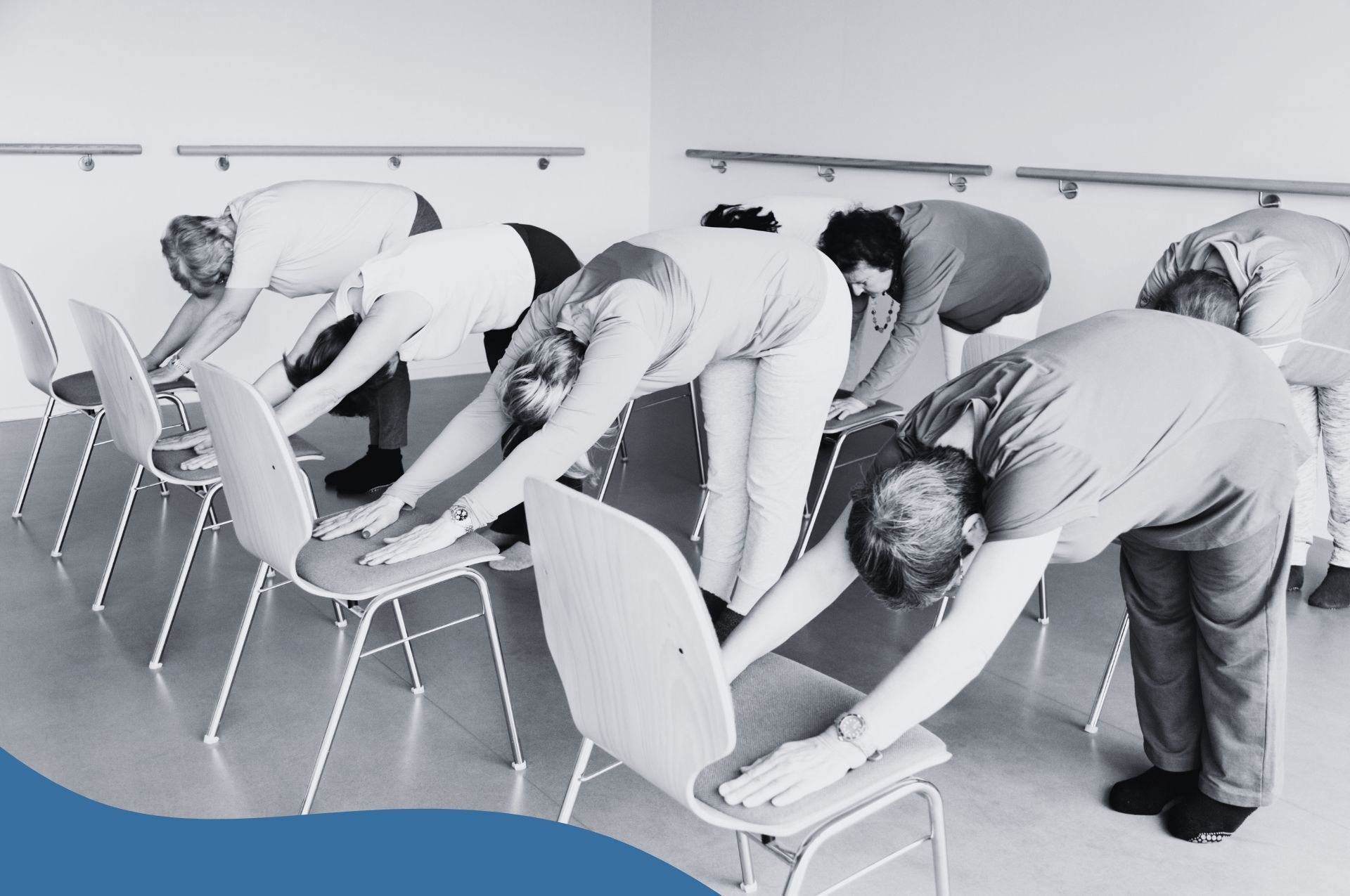Managing Headaches and Migraines: Tips for Prevention and Relief, and the Benefits of Chiropractic and Osteopathic Treatment
Do you often find yourself reaching for painkillers to alleviate those pounding headaches or debilitating migraines? You're not alone. Headaches and migraines affect millions of people worldwide, impacting their daily lives and productivity. Fortunately, there are ways to manage and prevent these painful episodes without solely relying on medication. In this blog post, we'll explore some practical tips for headache and migraine relief and discuss the benefits of chiropractic and osteopathic treatments in addressing these issues.
Understanding Headaches and Migraines
Before diving into solutions, let's briefly understand what headaches and migraines are:
- Headaches: These are pains in the head that can range from mild discomfort to severe throbbing sensations. They can occur due to various factors such as stress, dehydration, poor posture, or underlying health conditions.
- Migraines: Migraines are a type of headache characterised by intense throbbing or pulsing pain, usually on one side of the head. They often come with additional symptoms like nausea, vomiting, and sensitivity to light and sound. Migraines can significantly impair daily functioning and may last for hours or even days.
Tips for Prevention and Relief
- Stay Hydrated: Dehydration is a common trigger for headaches. Make sure to drink an adequate amount of water throughout the day to keep your body hydrated.
- Maintain a Healthy Diet: Certain foods and beverages, like caffeine, alcohol, and processed foods, can trigger headaches and migraines in some individuals. Opt for a balanced diet rich in fruits, vegetables, lean proteins, and whole grains.
- Manage Stress: Stress is a major contributor to headaches and migraines. Practice relaxation techniques such as deep breathing, meditation, yoga, or progressive muscle relaxation to alleviate stress and tension.
- Get Sufficient Sleep: Lack of sleep or irregular sleep patterns can trigger headaches and migraines. Aim for 7-9 hours of quality sleep each night to help prevent these episodes.
- Regular Exercise: Engage in regular physical activity to improve blood circulation, reduce stress, and release endorphins, which are natural painkillers.
- Maintain Good Posture: Poor posture, especially when sitting for extended periods, can strain the neck and contribute to tension headaches. Practice good posture habits and take frequent breaks to stretch and move around.
- Identify Triggers: Keep a headache diary to track potential triggers such as specific foods, environmental factors, or hormonal changes. Identifying triggers can help you avoid them in the future.
Further self-help advice is available here.
The Role of Chiropractic and Osteopathic Treatment
Chiropractic and osteopathic treatments offer alternative approaches to managing headaches and migraines. These therapies focus on the relationship between the body's structure, particularly the spine, and its function. Here are some ways chiropractic and osteopathic treatments can help:
- Spinal Adjustment: Chiropractors and Osteopaths use spinal manipulation techniques to realign the spine and improve nervous system function. Spinal dysfunction can contribute to headaches and migraines by placing pressure on nerves and restricting blood flow. By addressing dysfunction, chiropractic and osteopathic treatment may provide relief from headache pain by reducing the length or intensity of the episode (Rist et al. 2019).
- Muscle Tension Release: Manual therapists, such as Chiropractors, Osteopaths, Physiotherapists and Sports Therapists, can perform soft tissue manipulation techniques to release muscle tension and reduce headache symptoms. By targeting trigger points and tight muscles in the neck, shoulders, and upper back, these therapies aim to alleviate tension and promote relaxation (Rezaeian et al. 2019).
- Postural Correction: Chiropractors and Osteopaths can assess and address postural imbalances that may contribute to headaches. Through targeted exercises, ergonomic recommendations, and lifestyle modifications, they help patients improve posture. In turn, this can reduce strain on the spine and surrounding muscles that contribute to headaches and migraines (Celik et al. 2024).
- Holistic Approach: Chiropractic and osteopathic care take a holistic approach to health, considering factors beyond just symptoms. Practitioners may provide nutritional advice, stress management techniques, and lifestyle recommendations to support overall well-being and reduce the frequency and severity of headaches and migraines.
- While chiropractic and osteopathic treatments can be beneficial for many individuals, it's essential to consult with a qualified healthcare professional before undergoing any new therapy, especially if you have underlying health conditions or concerns.
In conclusion, managing headaches and migraines involves a combination of lifestyle modifications, stress management techniques, and, in some cases, alternative therapies like chiropractic and osteopathic treatment. By adopting a holistic approach to health and addressing the root causes of your headaches, you can find relief and improve your overall quality of life.
Remember, prevention is key, so prioritise self-care practices and seek professional guidance when needed to effectively manage your headache and migraine symptoms.
References:
- Pamela M Rist , Audrey Hernandez, Carolyn Bernstein, Matthew Kowalski, Kamila Osypiuk, Robert Vining, Cynthia R Long, Christine Goertz, Rhayun Song, Peter M Wayne. The Impact of Spinal Manipulation on Migraine Pain and Disability: A Systematic Review and Meta-Analysis. Headache. 2019 Apr;59(4):532-542.
- Tahere Rezaeian, Zahra Mosallanezhad, Mohammad Reza Nourbakhsh, Mehdi Ahmadi, Mehdi Nourozi. The Impact of Soft Tissue Techniques in the Management of Migraine Headache: A Randomized Controlled Trial. Journal of Chiropractic Medicine. 2019 Dec;18(4):243-252.
- Tugba Ozudogru Celik, Umit Gorgulu, Safiye Gul Kenar, Nadide Koca, Elif Yalcin, Ipek Koymen, Evren Yasar. Evaluation of forward head posture and thoracic kyphosis in migraine. Journal of Clinical Neuroscience. 2024 Jan:119:17-21.











